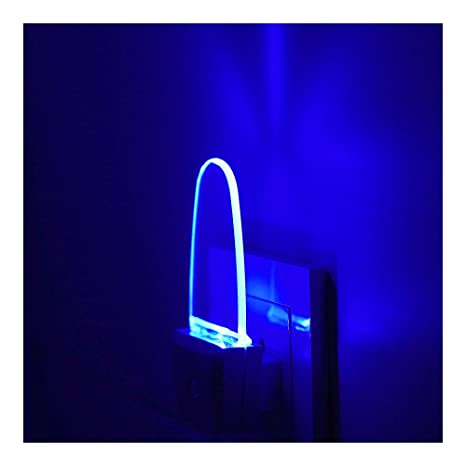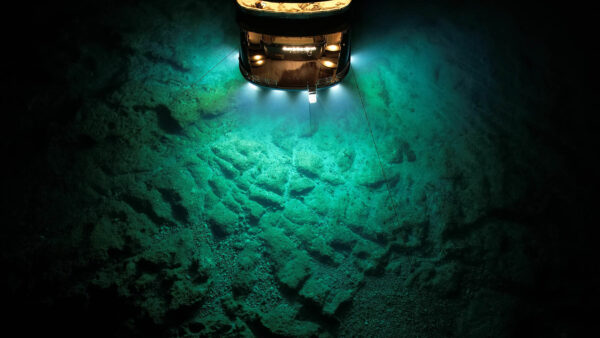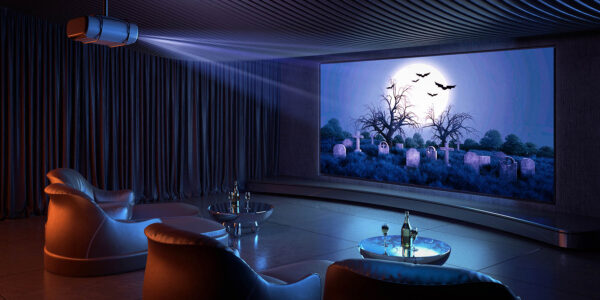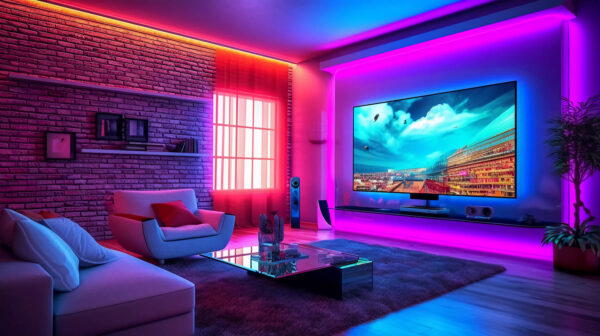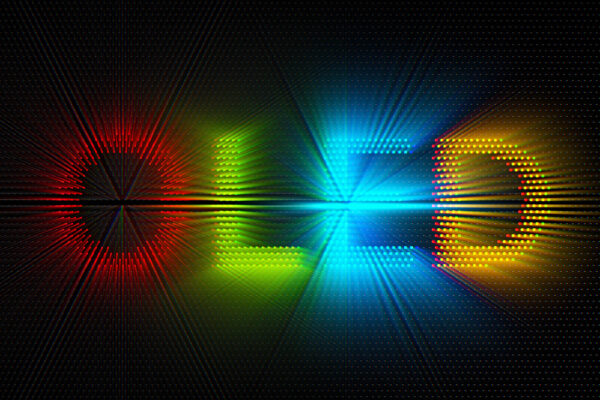The first outdoor night baseball game was played in Massachusetts in 1880, when event organizers erected 36 lamps to generate approximately 90,000 foot-candles of light onto the playing field. Sports promoters quickly came to appreciate how illuminating playing fields would open their sports to a broader audience that would not otherwise be able to attend events during the day when they were working. In the more than 100 years since this first event, metal halide lighting systems became the standard for almost every nighttime sports activity, including not just baseball and football, but also horse racing, skiing, and golf. The creation of LED lighting has revolutionized outdoor sports.
New LED Sports Lighting Systems
Traditional high-intensity metal halide sports lights require more than 50% of the energy that is used by LED systems to generate the same field luminosity. Stadium and event operators strive to control energy costs, and may elect not to host an evening event at an outdoor sports venue if the energy costs cannot be justified. LED lighting systems that use less energy will open those venues to more events, including more evening games that can draw larger crowds than daytime games.
LED lighting systems are also more robust than traditional metal halide lighting. Traditional systems are prone to uneven surface lighting, and glare from lights has been known to affect the quality of play in both professional and amateur sports contests. LED lighting provides a more evenly lit playing surface, which improves the quality of play and enhances player safety. LED control systems have also advanced to allow more precision spot lighting control, advanced dimming, and rapid on-off capabilities.
How LED Lighting is Revolutionizing Outdoor Sports Illumination
The world of outdoor sports has undergone a remarkable transformation with the advent of LED (Light Emitting Diode) lighting technology. LED lights have revolutionized the way outdoor sports are illuminated, providing numerous benefits for athletes, spectators, and organizers alike. Let’s delve into how LED lighting is transforming the outdoor sports landscape.
Enhanced Visibility and Illumination
LED lighting has significantly improved visibility in outdoor sports venues. With their high lumen output and superior lighting uniformity, LED lights offer bright and evenly distributed illumination across the playing field. This ensures that athletes can see clearly and perform at their best, while spectators can enjoy an enhanced viewing experience. LED lights provide excellent color rendering, accurately showcasing vibrant colors and enhancing the visual appeal of the sporting events.
Precise Directional Lighting
LED lights allow for precise directional lighting control, enabling lighting designers to focus illumination precisely where it is needed. This is particularly advantageous in outdoor sports venues where specific areas, such as playing fields, courts, or tracks, require targeted lighting. LED technology allows for efficient beam shaping and light distribution, reducing light spillage and minimizing glare, which can distract athletes and hinder performance.
Energy Efficiency and Sustainability
LED lighting brings significant energy efficiency benefits to outdoor sports facilities. Compared to traditional lighting technologies, such as metal halide or high-pressure sodium lamps, LED lights consume less energy while delivering the same or even higher light output. This results in reduced energy costs for sports venue operators and organizers. Furthermore, LED lights have a longer lifespan, which means fewer replacements and reduced maintenance requirements. The energy efficiency of LED lighting contributes to sustainability efforts and reduces the carbon footprint associated with outdoor sports events.
Instant On/Off and Dimming Capabilities
LED lights offer instant on/off capabilities, eliminating warm-up or restrike times. This is particularly valuable in outdoor sports where the timing of lighting is crucial, such as for events that rely on precise start times or when there are weather delays. LED lights can be easily dimmed, allowing for flexible lighting scenarios. Dimming capabilities provide energy savings during practice sessions or when full lighting intensity is not required, contributing to overall energy efficiency and cost reduction.
Improved Broadcast and High-Definition TV Coverage
LED lighting technology has revolutionized broadcast and high-definition TV coverage of outdoor sports events. LED lights have a high color rendering index (CRI), ensuring accurate color representation and better visual clarity on camera. This enhances the overall quality of televised sports broadcasts, bringing the action to life with vivid colors, improved contrast, and enhanced detail. LED lighting also offers flicker-free operation, eliminating flickering on camera and ensuring smooth, seamless footage.
Durability and Reliability
Outdoor sports venues demand lighting solutions that can withstand the elements and frequent use. LED lights are built to be durable and reliable, making them an ideal choice for outdoor sports illumination. LED fixtures are designed to withstand harsh weather conditions, temperature variations, and vibration, ensuring consistent performance in challenging environments. The solid-state construction of LED lights makes them resistant to impact and less prone to damage compared to traditional lighting options.
LED lighting has ushered in a new era for outdoor sports illumination, revolutionizing the way sporting events are experienced and broadcast. With enhanced visibility, precise directional lighting, energy efficiency, instant on/off capabilities, improved broadcast quality, and durability, LED lighting has become the go-to choice for outdoor sports venues. The evolution of LED technology continues to shape the future of outdoor sports, delivering superior lighting solutions that enhance performance, create immersive experiences, and promote sustainability. As LED lighting continues to advance, we can expect even more exciting developments in the world of outdoor sports illumination.
The ROI of Sports LED Lighting
The initial investment in an LED lighting system has been perceived to be a barrier to conversion from traditional metal halide lighting, but upfront costs are dropping as new technologies and manufacturing techniques are coming online. Returns on initial investment are improving as stadium operators take energy cost savings more into account. Over the longer term, LED lights can also offer lower maintenance costs. The LED bulbs installed at Duke University’s football stadium, for example, have an expected lifespan of 100,000 hours.
Operators of large, professional venues may not have the same economic concerns that smaller venues need to consider, but those smaller venues can better justify their existence by emphasizing the more and varied uses that can be found for their venues when lower-cost LED lighting has been installed. In a university environment, these facilities can become self-sustaining, which allows university administrators to broaden the types of sports programs that are available to a student body.
Outdoor sports have potential both as participatory and entertainment events. The scope of both participation and entertainment expands when outdoor sports can be enjoyed during evening hours. Metal halide lighting first unlocked the door to possibilities, and LED lighting continues revolutionizing sports.


